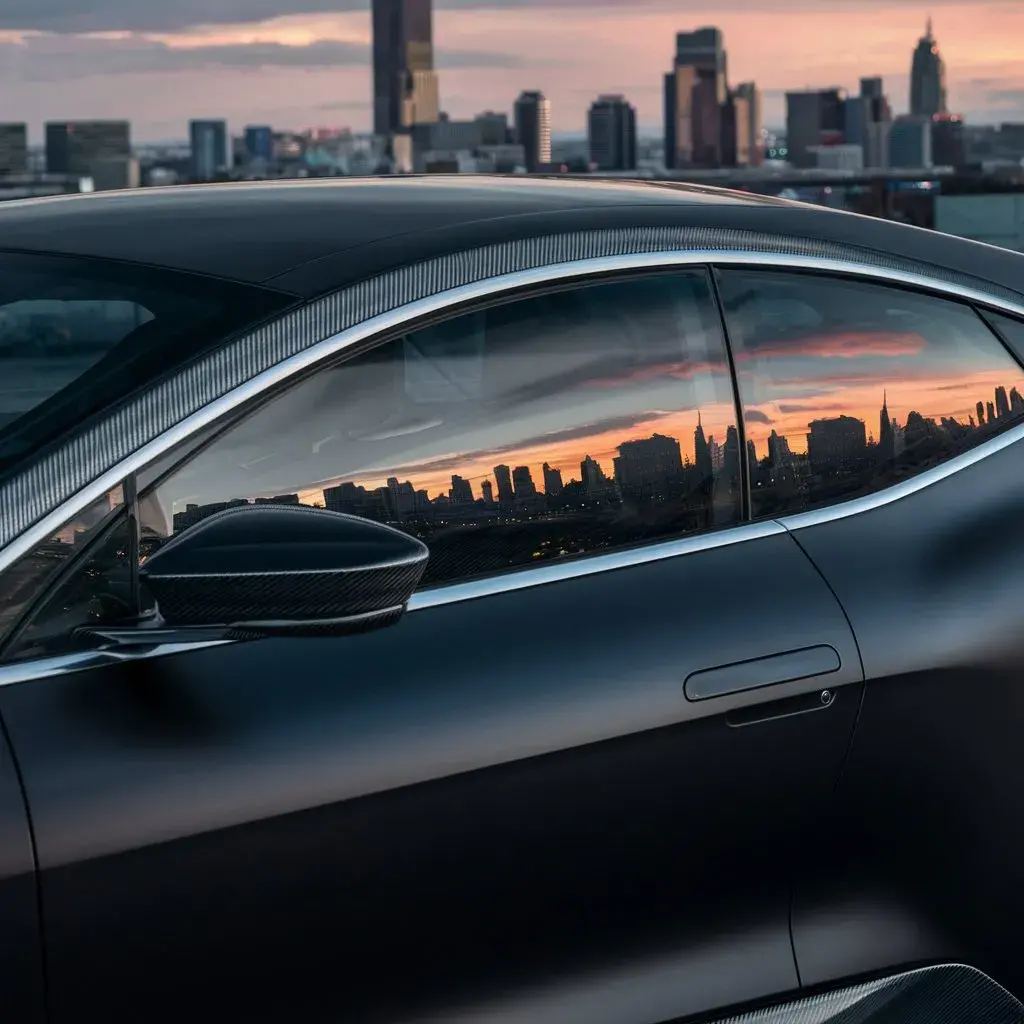
In today’s market, metalized window tint stands out as a multifaceted solution for vehicle owners seeking durability and enhanced protective features. This type of tint incorporates tiny metallic particles that reflect heat and UV rays more effectively than traditional materials, significantly reducing the interior temperature of a vehicle and safeguarding passengers from harmful solar radiation. The integration of auto glass tinting can amplify these benefits, offering superior UV filtration and further reducing interior heat. Despite its advantages, the decision to choose metalized tint involves assessing potential drawbacks, such as its impact on electronic signal transmission and compliance with varying legal standards for window tinting. Understanding these nuances is vital for vehicle owners poised to make a well-informed choice. What further considerations should be taken into account?
Benefits of Metalized Tint
Offering superior durability and enhanced UV protection, metalized window tint is a robust choice for vehicle and building windows. This type of tint involves the application of a thin metallic layer to the film, which strengthens the window and provides a shield against harmful ultraviolet rays. As a result, occupants enjoy significant reduction in sun glare and protection from UV exposure, which can lead to skin damage and fading of interior fabrics.
Metalized tinting also excels in heat rejection. By reflecting solar heat rather than absorbing it, this tint helps maintain cooler interior temperatures during hot weather. This can lead to lower energy costs and increased comfort for those inside the vehicle or building. Additionally, the reflective property of the metalized layer enhances privacy by giving windows a mirrored appearance from the outside, while still allowing for good visibility from the inside.
The inclusion of metal in the tinting film not only improves the functional attributes but also contributes to the longevity of the window treatment. Metalized tints are less prone to fading and maintain their effectiveness over time, making them an excellent long-term investment in comfort and protection.
Considerations Before Installation of Auto Glass Tinting
Before deciding to install metalized window tint, it is essential to consider several key factors that may impact both its performance and suitability for your specific needs. Firstly, understand the compatibility of the tint with your vehicle’s windows.
Metalized tints have a metallic layer that can interfere with radio and GPS signals. It’s crucial to assess whether this could affect the functionality of devices that rely on such signals within your car.
Next, consider the legal regulations in your area. Different states and regions have varying laws regarding the darkness and reflectivity of window tints. Ensuring compliance with these laws is not only a matter of legal duty but also a community responsibility. Non-compliance can lead to fines and the need for reinstallation, adding unnecessary costs.
Moreover, the aesthetic outcome should be contemplated. While metalized tints offer a shiny, reflective appearance, it’s important to determine if this aligns with your personal style and how it complements your vehicle’s overall look.
The installation process itself should also be a consideration; professional installation is recommended to avoid common mistakes such as bubbling and peeling, which can detract from both the appearance and efficacy of the tint.
In conclusion, the adoption of metalized window tint encompasses a pivotal decision, intertwining technological advancement with vehicular enhancement. Prospective users must navigate the delicate balance between aesthetic allure and functional performance, considering both the shield against deleterious ultraviolet rays and the potential disruption to electronic communications. The inclusion of auto glass tinting can further optimize these benefits, providing superior UV protection and enhanced thermal control.
It is imperative that the selection process be guided by an informed understanding of both statutory compliance and the nuanced interplay of benefits and limitations inherent in this sophisticated automotive technology.